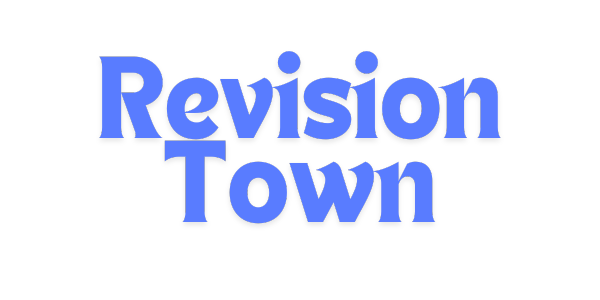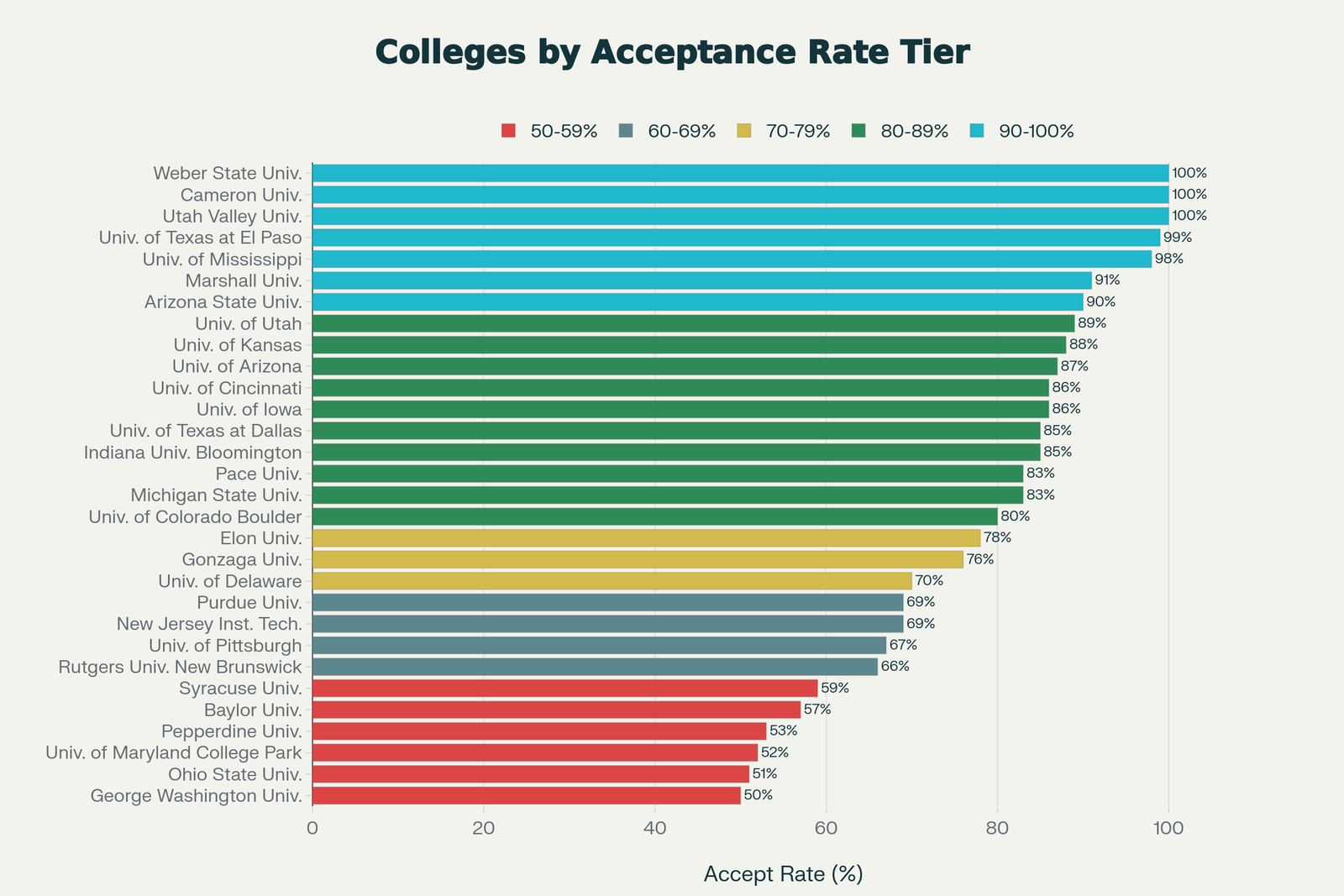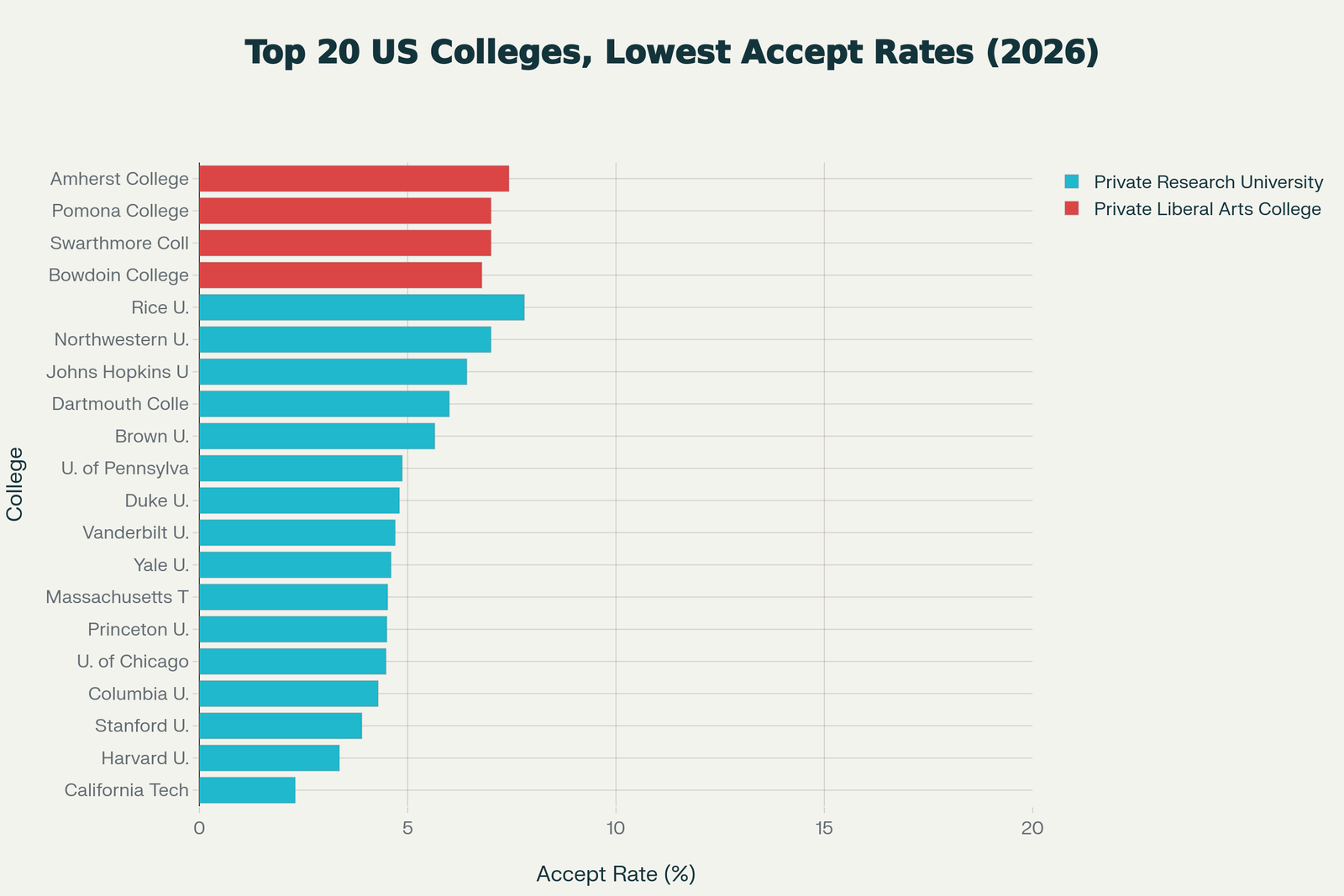IB to A-Level Equivalence Calculator - Complete Conversion Guide
Convert IB Diploma scores to A-Level grade equivalents with our comprehensive calculator. Understand how IB Higher Level and Standard Level subjects compare to A-Levels for UK university admissions, including detailed equivalency tables and UCAS tariff points.
IB to A-Level Converter
Single Subject Conversion
A-Level Equivalent
Select IB grade and level
Full IB Diploma Conversion
A-Level Equivalent
Enter total IB points
IB to A-Level Grade Equivalency Table
Higher Level (HL) Conversions
| IB HL Grade | A-Level Equivalent | UCAS Points | Description |
|---|---|---|---|
| 7 | A* | 56 | Excellent - exceptional performance |
| 6 | A | 48 | Very Good - strong understanding |
| 5 | B | 40 | Good - solid performance |
| 4 | C | 32 | Satisfactory - adequate knowledge |
| 3 | D | 24 | Mediocre - limited understanding |
| 2 | E | 16 | Poor - minimal achievement |
| 1 | U (Unclassified) | 0 | Very Poor - no credit |
Standard Level (SL) Conversions
| IB SL Grade | Approximate Equivalent | UCAS Points | Notes |
|---|---|---|---|
| 7 | A (but less weight) | 28 | High SL ≈ AS-Level A |
| 6 | B equivalent | 24 | Good SL performance |
| 5 | C equivalent | 20 | Satisfactory SL |
| 4 | D equivalent | 16 | Pass grade |
| 3 or below | E/U equivalent | 12 or less | Below standard |
Full IB Diploma to A-Level Equivalency
| IB Diploma Points | A-Level Equivalent | UCAS Points | UK University Entry |
|---|---|---|---|
| 45 | A*A*A*A* | 224+ | Oxbridge, top courses |
| 42-44 | A*A*A*A | 200-220 | Top Russell Group |
| 40-41 | A*A*AA | 180-195 | Competitive courses |
| 38-39 | A*AAA | 168-180 | Russell Group |
| 36-37 | AAAA or A*AAB | 152-165 | Strong universities |
| 34-35 | AAAB or AABB | 136-150 | Good universities |
| 32-33 | AABB or ABBB | 120-135 | Mid-tier universities |
| 30-31 | ABBB or BBBB | 104-118 | Many courses available |
| 28-29 | BBBC or BCCC | 88-102 | Most non-selective courses |
| 24-27 | CCC or lower | 72-86 | Foundation/access courses |
Understanding IB to A-Level Conversion
UCAS Tariff Point Conversion
IB Higher Level (HL) to UCAS Points:
\[ \text{UCAS Points}_{\text{HL}} = 8 \times \text{IB Grade} \]
Examples:
- IB HL 7 = 7 × 8 = 56 points (A*)
- IB HL 6 = 6 × 8 = 48 points (A)
- IB HL 5 = 5 × 8 = 40 points (B)
IB Standard Level (SL) to UCAS Points:
\[ \text{UCAS Points}_{\text{SL}} = 4 \times \text{IB Grade } \]
Examples:
- IB SL 7 = 7 × 4 = 28 points
- IB SL 6 = 6 × 4 = 24 points
- IB SL 5 = 5 × 4 = 20 points
Total IB Diploma UCAS Conversion:
\[ \text{Total UCAS} = \sum_{i=1}^{3} (8 \times \text{HL}_i) + \sum_{j=1}^{3} (4 \times \text{SL}_j) + \text{Bonus} \]
Where Bonus = TOK + EE contribution (up to 12 additional UCAS points)
Key Differences: IB vs A-Levels
Number of Subjects
IB: 6 subjects required
• 3 Higher Level (HL)
• 3 Standard Level (SL)
• Plus TOK, EE, CAS
• Balanced across disciplines
A-Level: 3-4 subjects
• Typically 3 subjects to A2
• Sometimes 4 at AS, drop to 3
• Free choice of subjects
• Specialization encouraged
Assessment Structure
IB Assessment
• Continuous assessment
• Internal assessments (20-30%)
• Final exams (70-80%)
• Extended Essay required
• Theory of Knowledge
A-Level Assessment
• Linear exams at end
• Minimal coursework (most subjects)
• 100% exam in many subjects
• No required extended work
• Subject-focused only
Grading System
IB Grading
• 1-7 scale per subject
• 45 points maximum
• 24 points minimum pass
• Criterion-referenced
• International standard
A-Level Grading
• A*, A, B, C, D, E, U
• Grade per subject
• No overall diploma
• Criterion-referenced
• UK standard
UK University Entry Requirements
| University/Course | Typical A-Level Requirement | IB Equivalent | Notes |
|---|---|---|---|
| Oxford/Cambridge (most courses) | A*A*A - A*AA | 38-42 with 776-666 HL | Subject-specific HL requirements |
| Imperial Medicine | A*A*A | 38-39 with 766 HL in sciences | Chemistry HL required |
| LSE Economics | A*AA | 38 with 766 HL including Math | Math HL strongly preferred |
| UCL Engineering | AAA-A*AA | 38-39 with 666-766 HL | Math and Physics HL required |
| Durham Law | A*AA | 38 with 666 HL | No specific subjects required |
| Warwick Computer Science | A*AA | 38 with 666 HL including Math | Math HL at 6 minimum |
| Edinburgh Medicine | AAA | 37-38 with 666 HL in sciences | Chemistry HL required |
| Bristol Psychology | AAA-AAB | 36-37 | Flexible HL requirements |
Worked Examples
Example 1: High-Achieving IB Student
IB Diploma Breakdown:
- HL English: 7 = A* equivalent (56 UCAS)
- HL Mathematics: 6 = A equivalent (48 UCAS)
- HL Physics: 7 = A* equivalent (56 UCAS)
- SL Chemistry: 6 (24 UCAS)
- SL Economics: 7 (28 UCAS)
- SL Spanish: 6 (24 UCAS)
- TOK/EE: 3 bonus points (12 UCAS)
Total: 40 IB points, 248 UCAS points
A-Level Equivalent: A*A*A* or A*A*AA
University Prospects: Competitive for Oxbridge, top Russell Group
Example 2: Solid IB Performance
IB Scores: 35 total points (666 HL, 565 SL, +2 bonus)
UCAS Calculation:
\[ (6+6+6) \times 8 + (5+6+5) \times 4 + 8 = 144 + 64 + 8 = 216 \]
A-Level Equivalent: AAA or AAAB
University Options: Strong Russell Group prospects
Example 3: Single Subject Comparison
Scenario: Student takes IB HL Mathematics at grade 5
A-Level Equivalent: B grade (40 UCAS points)
Analysis: IB HL 5 demonstrates competent performance comparable to A-Level B. For competitive maths/engineering courses requiring A*/A, this might be insufficient, but adequate for many science courses requiring B.
Subject-Specific Equivalencies
| Subject Area | IB HL Grade | A-Level Equivalent | University Recognition |
|---|---|---|---|
| Mathematics AA HL | 6-7 | A-A* in Further Maths | Highly valued by STEM courses |
| Mathematics AI HL | 6-7 | A-A* in A-Level Maths | Acceptable for most maths requirements |
| Physics HL | 6-7 | A-A* in Physics | Required for engineering/physics degrees |
| Chemistry HL | 6-7 | A-A* in Chemistry | Essential for medicine/chemistry |
| Biology HL | 6-7 | A-A* in Biology | Required for life sciences/medicine |
| English A HL | 5-7 | B-A* in English Literature | Satisfies English requirement |
| History HL | 6-7 | A-A* in History | Valued for humanities courses |
| Economics HL | 6-7 | A-A* in Economics | Preferred for economics degrees |
Common Misconceptions
IB SL ≠ Full A-Level Equivalent
Many students assume IB Standard Level equals a full A-Level. Reality: IB SL covers less content depth and receives lower recognition. UK universities often don't count SL subjects toward entry requirements—they focus on your three HL subjects. An IB SL 7 isn't equivalent to A-Level A*; it's closer to AS-Level A or A-Level B-C depending on university policy. When UK courses require "AAA," they typically mean IB 36+ with 666 in HL subjects, not including SL. Don't assume your six IB subjects equal more value than three A-Levels—universities weigh HL subjects primarily.
Subject Choice Matters More Than Total Points
Students sometimes think high total IB points compensate for wrong subject choices. Example: IB 40 points with HLs in Languages, Arts, and Humanities won't meet Imperial Engineering's requirement for Math and Physics HL at 6-7, even though 40 points exceeds their typical 38-39 requirement. UK universities specify required HL subjects and minimum grades per subject. A student with IB 36 and correct HL subjects (Physics 7, Math 7, Chemistry 6) is more competitive for engineering than someone with IB 39 but lacking required HLs. Always verify specific subject requirements, not just total points.
IB Isn't Automatically "Better" Than A-Levels
The perception that IB is more prestigious or rigorous than A-Levels for UK admissions is misleading. Top UK universities treat both qualifications equally—Oxford explicitly states no preference. IB's breadth (six subjects) is offset by A-Level's depth (three subjects at higher level throughout). A-Level students study their three subjects more intensively over two years; IB students cover more subjects but less deeply except in HLs. For UK admissions, strong A-Level performance (A*A*A*) equals strong IB performance (40-42). Choose based on learning style (breadth vs. depth) and school availability, not assumed superiority.
Frequently Asked Questions
What IB score equals AAA at A-Level?
IB scores of 36-37 points generally equate to AAA at A-Level, though exact equivalency depends on HL grade distribution. AAA = 144 UCAS points; IB 36 with 666 HL = 144 + 64 (SL) + bonus ≈ 216 UCAS total. However, UK universities evaluating IB focus on HL grades primarily. For courses requiring AAA, expect IB 36-37 with at least 666 in HL subjects, not counting SL performance heavily. Some competitive courses specify "IB 36 with 665 HL minimum," making the minimum HL configuration crucial, not just total points.
Is IB 38 equivalent to A*AA?
Yes, IB 38 points is generally considered equivalent to A*AA at A-Level. This assumes strong HL grades like 776 or 666 with bonus points. A*AA = 168 UCAS points; IB 38 with appropriate HL distribution achieves similar UCAS totals. Most Russell Group universities list IB 38 alongside A*AA requirements. However, subject-specific grades matter—Cambridge might require IB 40-42 with 776 HL for competitive courses, while other universities accept IB 38 with 666 HL for the same A*AA requirement. Check individual university requirements rather than assuming universal equivalency.
Do UK universities prefer A-Levels over IB?
No, UK universities have no preference between IB and A-Levels for domestic or international applicants. All UK universities accept IB Diploma with published minimum scores. Oxford, Cambridge, and Imperial explicitly state they treat qualifications equally. The advantage: A-Levels allow deeper specialization in chosen field; IB demonstrates broader education. For competitive courses, what matters is achieving required grades in specified subjects (HL Physics 7 for engineering, HL Chemistry 6+ for medicine), regardless of qualification type. Some argue IB's international recognition helps globally mobile students, but for UK-only admissions, neither provides advantage.
Can IB Standard Level count toward A-Level requirements?
Generally no—UK universities primarily evaluate IB Higher Level subjects when comparing to A-Level requirements. When a course states "AAA required," they expect IB 36+ with 666 in three HL subjects, treating your three HLs as equivalent to three A-Levels. Your three SL subjects are additional qualifications (like AS-Levels or GCSEs) but don't count toward meeting A-Level entry requirements. Exception: some universities accepting "3 A-Levels or equivalent" might consider exceptional SL performance (SL 7s), but this is rare. Focus on achieving required HL grades—SL performance supports your application but doesn't substitute for HL requirements.
What IB score do I need for Oxford or Cambridge?
Oxford and Cambridge typically require IB scores of 38-42 points, with specific HL requirements varying by course. Most competitive subjects (Medicine, Law, Engineering, Sciences) require 40-42 points with 776 or 766 in HL subjects. Some humanities courses accept IB 38 with 666 HL. Subject-specific requirements are crucial: Medicine needs HL Chemistry at 6-7; Engineering requires HL Mathematics and Physics at 7; Computer Science requires HL Math at 7. These HL subject requirements often matter more than total points—IB 40 with wrong HL subjects won't meet requirements that IB 38 with correct HLs would satisfy.
Is IB 45 equivalent to 4 A* at A-Level?
IB 45 (perfect score) is approximately equivalent to 4 A* at A-Level or higher, though direct comparison is imperfect. IB 45 = 224+ UCAS points (three HL 7s + three SL 7s + maximum bonus); 4 A-Levels at A* = 224 UCAS points. However, IB 45 is extraordinarily rare (achieved by <0.5% of IB students globally), while 4 A*s, though uncommon, is more achievable. UK universities recognize IB 45 as exceptional achievement opening doors to any course. For practical purposes, both represent top-tier academic performance. Most competitive UK courses require IB 40-42, not 45, just as they require 3-4 A*/A, not 4 A*.
Choosing Between IB and A-Levels
Choose A-Levels if you:
- Know your intended university major and want deep subject focus
- Prefer linear assessment (exams at end) over continuous coursework
- Want flexibility to drop subjects after AS-Level
- Are applying primarily to UK universities
- Excel in 3-4 specific subjects rather than across disciplines
Choose IB if you:
- Value broad education across sciences, humanities, and languages
- Prefer continuous assessment and extended research projects
- Want internationally recognized qualifications (applying globally)
- Enjoy interdisciplinary learning (TOK connects subjects)
- Perform well across multiple subjects consistently
Key Insight: For UK university admissions, both are equally valid. Choose based on your learning style, school offerings, and whether you prefer breadth (IB) or depth (A-Levels). Neither is inherently "better"—success depends on achieving required grades in specified subjects.
About This Calculator
Developed by RevisionTown
RevisionTown provides comprehensive resources for both IB and A-Level students worldwide. Our IB to A-Level equivalence calculator synthesizes UCAS tariff point systems, university entry requirements, and qualification frameworks to help students understand how IB Diploma scores compare to A-Level grades for UK university admissions.
Whether you're an IB student applying to UK universities, comparing IB and A-Level pathways, understanding entry requirements, or evaluating which qualification suits your goals, our guide provides accurate equivalencies with complete educational context.
Additional Resources: Explore our IB score calculators, A-Level grade converters, UCAS points calculators, UK university admission guides, course requirement databases, and qualification comparison tools for informed academic planning.
Important Disclaimer
IB to A-Level equivalencies provided here are approximate comparisons based on UCAS tariff points and typical university entry requirements. No official universal conversion exists—each UK university sets individual IB requirements for courses. Subject-specific HL grades often matter more than total IB Diploma points when evaluating against A-Level requirements. IB Standard Level subjects are not directly equivalent to full A-Levels and may not count toward meeting entry requirements. Conversion information represents general patterns from recent years but varies by institution, course, and year. This guide is for informational and planning purposes—official admissions decisions are made by individual universities based on their published entry requirements. Always verify current entry requirements including specific IB subject and grade requirements with target universities through UCAS or university websites. IB HL subject choices must align with course prerequisites (e.g., HL Mathematics for Engineering, HL Chemistry for Medicine). This calculator does not guarantee university admission or represent official UCAS or university policies. Achieving minimum IB scores doesn't guarantee admission to competitive courses that consider interviews, personal statements, references, and other criteria.



